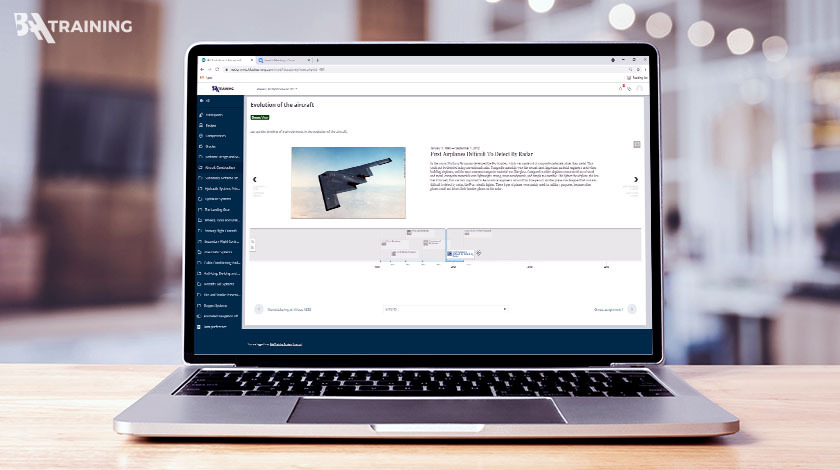Photo: BAA Training
Reading Time: 3 minutesNowadays, technology is becoming an integral and dominant part of our daily lives — from interacting to learning. With new developments in technology and changing learning styles of younger generations, the design and delivery of training for aviation professionals are also reshaping fast. BAA Training is one of the first ATOs that has propelled forward with the digital transformation of pilot training.
How is it beneficial for students?
First and foremost, learners can take high-quality EASA standard pilot training from anywhere globally, maintaining the work-life balance. While the courses themselves are not self-paced and require trainees to join virtual classes at scheduled times, students still can peacefully stay within close reach to their families or pets. It also leads to substantial financial savings because of not having to cover travel and accommodation expenses.
Tech-savvy students especially appreciate the innovative virtual classroom embracing instructor-led lessons and interactive training materials. In fact, the next generation of learners is forecasted to be exactly like that – multi-taskers and “native speakers“ of technology who expect flexibility and gratification from learning on the go. By taking pilot theory courses via BAA Virtual platform, they will quickly satisfy these needs. For instance, they will be able to watch and listen to past lessons’ recordings, complete self-practice tests, use convenient collaborative tools and have Q&A sessions with instructors, all not attached to any precise physical location.

What’s the airlines’ interest?
No longer restricted by the physical capacity of the training centre, virtual training programs become available to a broader audience, allowing airlines with cadet programs to recruit the best talent, irrespective of locality.
Apart from the “front-end“ of the virtual classroom visible to the user, there is also a “back-end“ that enables tracking cadets’ performance and progress, identifying potential problem areas, etc. This analytical information can give airlines valuable insights about their student pilots’ results and help them determine which direction to take in terms of pilot training and investment, what changes to introduce, if any, etc.
Moreover, it is in the interest of any airline to be more sustainable. There are multiple ways to ensure more eco-friendly flying, including using sustainable aviation fuels or purchasing electric aircraft. However, imparting virtual training can potentially be a more easily accomplishable and more cost-efficient sustainability initiative.
Does an academy win anything?
Academies implementing virtual pilot training are on the leading edge of pilot education as they gain access to a broader pool of highly-qualified instructors and students from all over the world.
Via BAA Training’s virtual classroom, instructors can deliver tailor-made lessons, assign tasks to individual students and initiate group work while keeping the training quality high. There is a lower risk of failing to identify students cheating or overlooking red flags showing students struggle. On the other hand, the virtual environment also allows analyzing instructors’ work in real-time and immediately introducing the necessary changes to improve their work efficiency.
Additionally, a training organization can create an entirely new and immersive experience by imparting training methods that are not easily executable while teaching in class. For instance, by using video, instructors may “give students an excursion” to a hangar, have a look at how the aircraft’s maintenance and repair are carried out, and more.
As academies move towards the future, they must continue to assess the effectiveness of their teaching and ensure the curriculum is learner-focused. Virtual training is an excellent solution since future learners will want to control their time and enjoy instant information exchange. This is how both training organizations and airlines can “win” a competent, self-disciplined and reliable graduate ready to join the competitive yet fascinating aviation industry.

